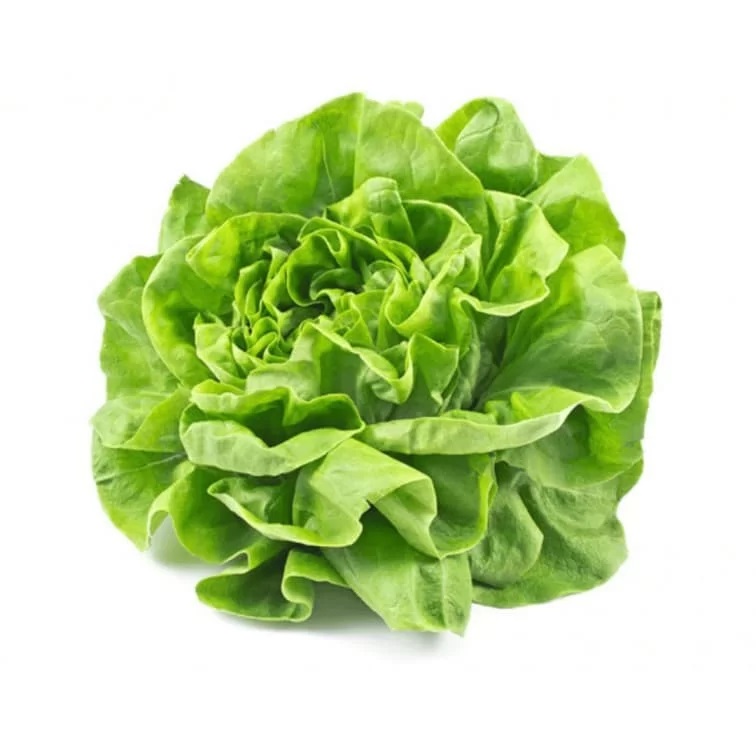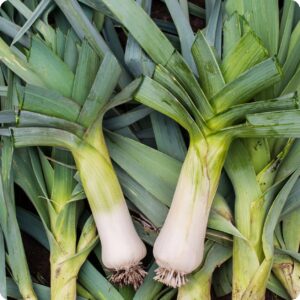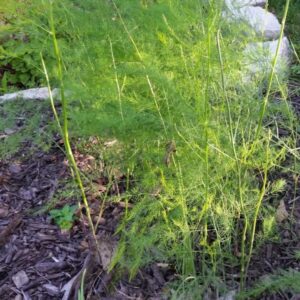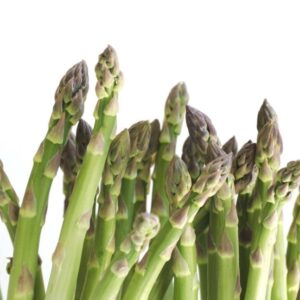Butter Head(Boston/Bibb)
The Butterhead lettuce, also known as Boston or Bibb lettuce, is characterized by its loose, round heads of tender, buttery-textured leaves. It has a mild, sweet flavor with a delicate crunch, making it a favorite choice for salads and sandwiches. The leaves range in color from pale green to slightly yellowish, and they often have a slightly ruffled or frilly appearance. Butterhead lettuce is prized for its smooth, buttery taste and its ability to melt in your mouth, making it a popular choice for both home gardeners and chefs alike.
The Butterhead lettuce, also known as Boston or Bibb lettuce, is characterized by its loose, round heads of tender, buttery-textured leaves. It has a mild, sweet flavor with a delicate crunch, making it a favorite choice for salads and sandwiches. The leaves range in color from pale green to slightly yellowish, and they often have a slightly ruffled or frilly appearance. Butterhead lettuce is prized for its smooth, buttery taste and its ability to melt in your mouth, making it a popular choice for both home gardeners and chefs alike.
Description
The Butterhead lettuce, also known as Boston or Bibb lettuce, is characterized by its loose, round heads of tender, buttery-textured leaves. It has a mild, sweet flavor with a delicate crunch, making it a favorite choice for salads and sandwiches. The leaves range in color from pale green to slightly yellowish, and they often have a slightly ruffled or frilly appearance. Butterhead lettuce is prized for its smooth, buttery taste and its ability to melt in your mouth, making it a popular choice for both home gardeners and chefs alike.
To plant But erhead (Boston/Bibb) let uce, fol ow these steps:
1. **Site Selection:** Choose a location with partial shade to full sun. Butterhead lettuce prefers cooler temperatures, so avoid planting it in areas that receive intense afternoon sun, especially in warmer climates.
2. **Soil Preparation:** Ensure the soil is well-drained, loose, and fertile. Work the soil to a depth
of about 6-8 inches, and incorporate compost or well-rotted manure to improve soil structure and fertility.
3. **Sowing Seeds:** Plant lettuce seeds directly into the garden bed, spacing them about 6-8 inches apart. Sow the seeds thinly, covering them with a light layer of soil. Alternatively, you can start seeds indoors 4-6 weeks before the last frost date and transplant seedlings into the garden once they have developed a few true leaves.
4. **Watering:** Keep the soil consistently moist but not waterlogged. Water the lettuce plants
regularly, especially during dry periods. Avoid overhead watering to prevent leaf diseases.
5. **Fertilizing:** Apply a balanced fertilizer or compost when planting, and side-dress with compost or a diluted liquid fertilizer every 3-4 weeks during the growing season to provide additional nutrients.
6. **Thinning:** Once the lettuce seedlings have emerged and developed a few true leaves, thin them to ensure proper spacing. Thin the plants to about 6-12 inches apart, depending on the variety and desired head size.
7. **Mulching:** Apply a layer of organic mulch, such as straw or shredded leaves, around the base of the plants to conserve moisture, suppress weeds, and keep the soil temperature cool.
8. **Harvesting:** Butterhead lettuce can be harvested when the heads are firm and fully formed, typically 50-70 days after planting. Cut the heads at the base, or pick individual leaves as needed for a continuous harvest. Harvest in the morning for the best flavor and texture.
9. **Succession Planting:** To enjoy a continuous harvest, sow lettuce seeds every 2-3 weeks throughout the growing season. This ensures a steady supply of fresh lettuce throughout the spring and fall months.





